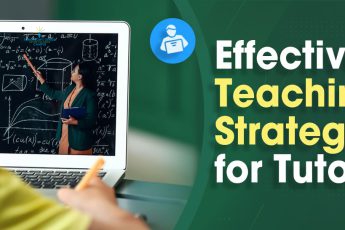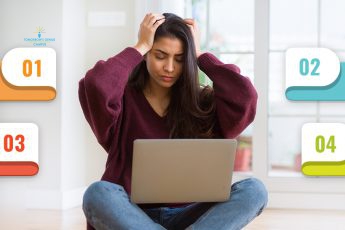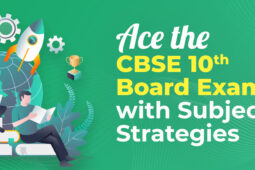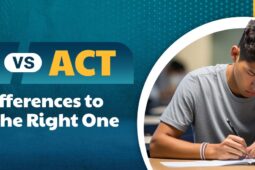Every Online Educator’s Guide to Asynchronous Learning
Online education has evolved significantly over the last few years. While a lot of learning still happens in real-time, learners now have the opportunity to enjoy asynchronous learning as well. While working on these types of online learning modules, instructors often use the same strategy for both synchronous and asynchronous classes. But, they end up building lessons that some students cannot enjoy. Here’s an asynchronous learning guide that educators can use to create engaging lessons:
Asynchronous Learning Guide for Online Educators
How Does Asynchronous Learning Work?
In asynchronous lessons, educators and students do not have live lectures. So, learners decide how and when they want to learn. Online educators often rely on trends to build interactive classes. Over the years, asynchronous lectures became an emerging trend. Online instructors use recorded videos, e-mails and discussion boards to engage their learners. Asynchronous learning provides educators and students with some flexibility, explaining its growing popularity.
Benefits of Asynchronous Learning
Allows Flexibility
 Asynchronous classes allow students to decide how and when they want to learn. They do not have to follow a fixed schedule or worry about missing a lesson if something urgent needs their attention. In today’s world, as people juggle higher education or upskilling courses with full-time jobs and childcare, asynchronous courses provide some breathing room.
Asynchronous classes allow students to decide how and when they want to learn. They do not have to follow a fixed schedule or worry about missing a lesson if something urgent needs their attention. In today’s world, as people juggle higher education or upskilling courses with full-time jobs and childcare, asynchronous courses provide some breathing room.
Learner-Centred Approach
Asynchronous learning allows learners to move at a pace that suits them. So, these lessons cater to individual needs making them learner-centred. When they find topics challenging, students can spend more time working through them. Conversely, if they’re familiar with some material, they can breeze through those classes.
Scalable
 Educators can scale up asynchronous classes quickly to reach people across time zones without hassles. Since these courses typically use recorded lectures, learners can sign up for the class whenever they want. They don’t have to adhere to strict timelines. Additionally, educators need not worry about repeating the same information whenever somebody new signs up. Students can access course recordings as and when required.
Educators can scale up asynchronous classes quickly to reach people across time zones without hassles. Since these courses typically use recorded lectures, learners can sign up for the class whenever they want. They don’t have to adhere to strict timelines. Additionally, educators need not worry about repeating the same information whenever somebody new signs up. Students can access course recordings as and when required.
Allows for Multiple Media Formats
In asynchronous courses, educators can use multiple file formats to build a pool of resources. Many opt to use recorded videos, while some upload supporting audio files and word documents. Two or more resources may contain information about the same topic. Students can choose what kind of file they want to use to study. When educators provide many options, they allow learners to take charge of their learning by picking the resources that work for them.
The Drawbacks of Asynchronous Learning
While many educators and students prefer asynchronous classes, they have some drawbacks. Firstly, asynchronous lessons limit the way learners communicate with instructors. They do not have the option to call their educator or clear their queries during live sessions. Instead, they have to send e-mails and wait for a response. Another issue that learners struggle with is feeling isolated. Students do not interact with their teacher or peers in asynchronous classes, which can cause them to feel alone and unmotivated.
You can sign up on TG Campus to create engaging lessons using our asynchronous learning guide. Our state-of-the-art learning management system provides all the necessary equipment to build asynchronous classes. We support multiple file formats and can help you reach a larger student audience.














